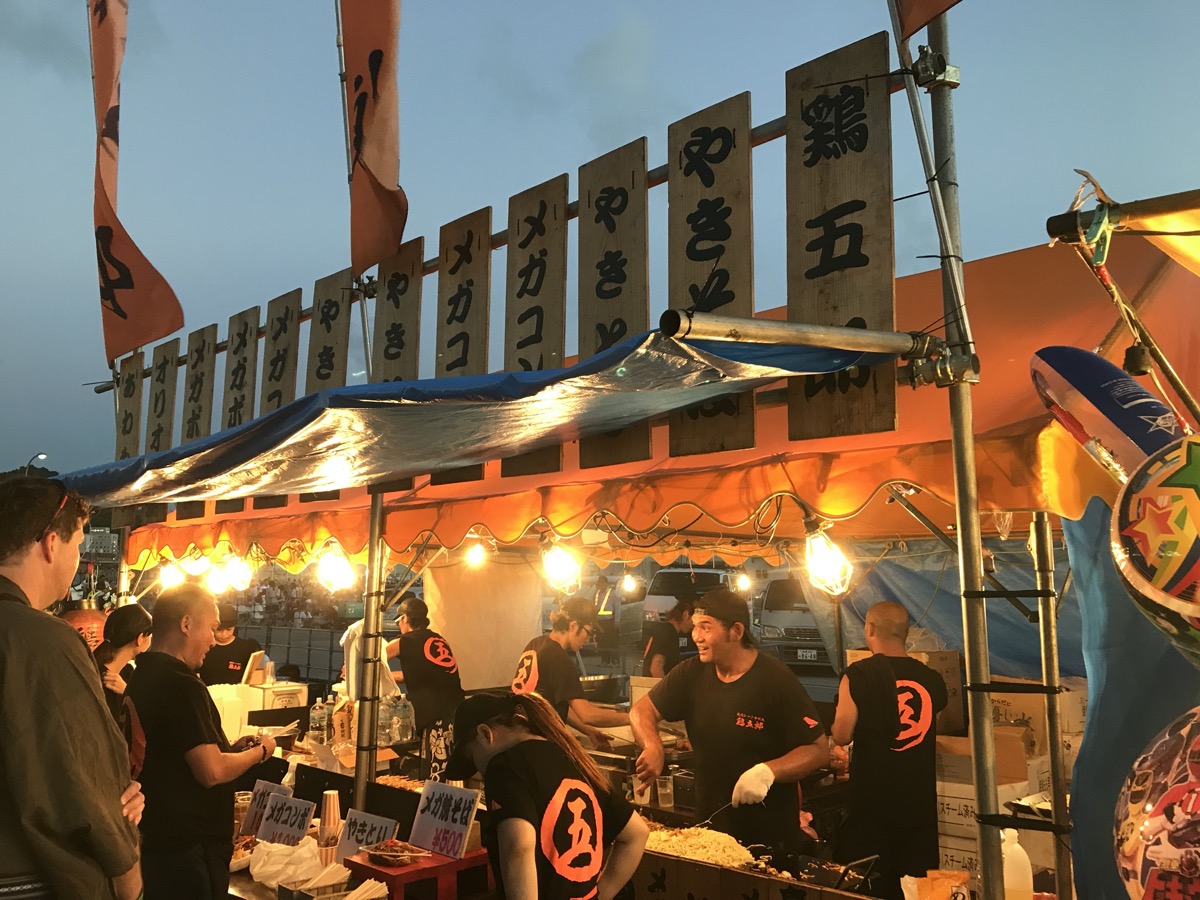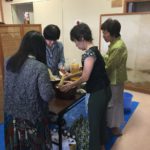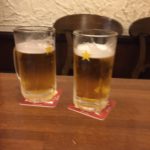節分: Setsubun
祭: festival
In a previous post, I talked a little about Setsubun, the bean-scattering ceremony. This year, I went to the setsubun-sai (festival) at Naminoue Shrine, which is held on February 3rd. It was a grey and cloudy day, with a bit of a chill. My husband and I parked the car a few blocks away from the shrine and stopped at a conbini for coffee.
We walked up to the shrine a bit before 10am (the starting time), and with the overcast weather, it was busy but not as busy as New Years hatsumode. It started promptly at 10am, with some prayers and rites of various sorts. Next came the shishimai (lion dance), which is always a lot of fun. Finally it was time for the bean-throwing!
Now what surprised me about this festival was that they didn’t just throw beans… they threw oranges, candies, and little bags of snacks/toy as well! It was crazy, but entertaining. Again, like the Naritasan fukusenji festival, some people had bags and baskets, or used their hats, to help catch the flying prizes. After everything was thrown, the local news interviewed kids to see what all they caught. They also handed out hot zenzai (sweet red bean soup) at the shrine window~~ so as soon as the throwing is done, get in line before they run out of zenzai!
Overall, it was a lot of fun and not as crowded as I feared. So if you are in Okinawa during Setsubun, be sure to check out Naminoue Shrine’s festival!
You can also wait until Feb 11th (public holiday in Japan) for Naritasan Fukusenji’s bean-throwing festival. Since Naritasan fukusenji is my local temple, I typically attend the events there; this setsubun festival is a lot of fun too, though not as big as Naminoue shrine’s, and they only throw beans at this one. Plus at Naritasan, the sakura are usually blooming well, so the temple looks very pretty this time of year.
Narita-san Fukusenji (temple) holds their festival on Feb 11th, 2pm: 〒901-2403 沖縄県中頭郡中城村字伊舎堂617 https://goo.gl/maps/r1YFXQDMQVE2
Naminoue Shrine 波上宮 in Naha has a large Setsubun festival held on Feb 3rd, 10am, every year; it is shown on the news: https://goo.gl/maps/sLP2LHodzT92
Gokokuji Shrine 護国神社 also has a Setsubun festival, Feb 3rd, 9am: https://goo.gl/maps/KayHk5KVwWo


























